
The Polyvagal Theory is making waves in the horsemanship world, and rightfully so. It is excellently explained in detail by trauma psychotherapist Sarah Schlote of EQUUSOMA (and embraced by renowned horseman Warwick Schiller in his work).
This article, however, serves just to provide a brief overview of the concepts. If you would like to read about them in more detail, we would suggest you check out Sarah Schlote’s article[1], or look at some of Warwick Schiller’s freely available YouTube videos on the subject.
WHAT IS THE THEORY?
Neuroscientist Dr Stephen Porges introduced the Polyvagal Theory in 1994, which proposed that the autonomic nervous system (ANS) has three branches, as opposed to the widely known two-branch model. The two-branch model divides the ANS into the sympathetic nervous system (SNS), which is associated with sympathetic activation or ‘fight or flight’, and the parasympathetic nervous system (PNS), which is associated with parasympathetic activation or ‘rest and digest’.
These two systems are understood to work in opposition, where only one can be ‘on’ at a time. This two-branch model was probably the one you were taught in school.
この記事は HQ magazine の December/January 2021 版に掲載されています。
7 日間の Magzter GOLD 無料トライアルを開始して、何千もの厳選されたプレミアム ストーリー、9,000 以上の雑誌や新聞にアクセスしてください。
すでに購読者です ? サインイン
この記事は HQ magazine の December/January 2021 版に掲載されています。
7 日間の Magzter GOLD 無料トライアルを開始して、何千もの厳選されたプレミアム ストーリー、9,000 以上の雑誌や新聞にアクセスしてください。
すでに購読者です? サインイン
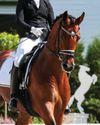
The Science Behind Tapering
The science behind tapering
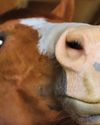
Horse Treats
The ultimate guide
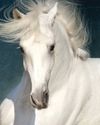
Horsey Hair Care
Tips and tricks for a healthy mane and tail
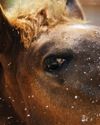
Horsey Hydration- The Importance Of Water In Winter
The importance of water in winter

A Horseback Safari
Abelana Game Reserve

The Psychology Of Riding Performance
Intrinsic motivation, part 7
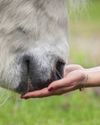
10 Best Life Lessons From Horses
Life lessons from our horses
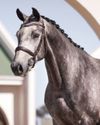
Breaking New Ground
The evolution of the Callaho Online Auction
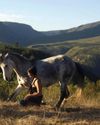
Horse Psychology 101
Part 3: The horse's cognitive abilities
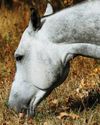
Colic Part 1
An owner’s worst nightmare